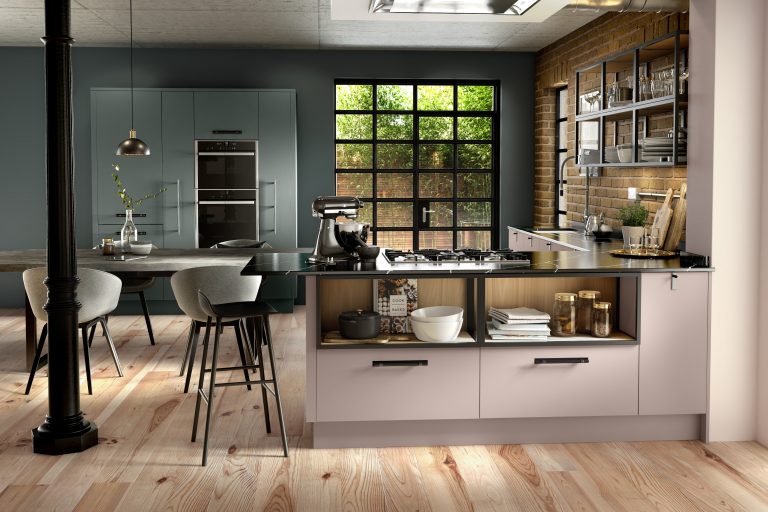Induction Versus Gas Hobs?
- Home
- Induction Versus Gas Hobs?
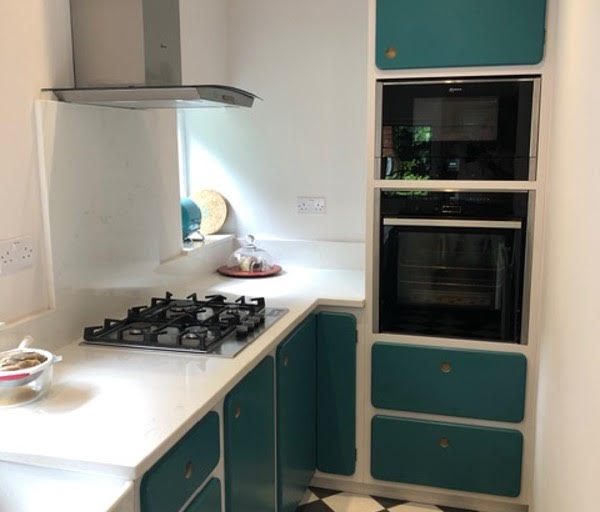
- Emily Prideaux
- | June 29, 2021
- | Advice, Appliances, Gadgets
Induction Versus Gas Hobs?
Looking to get a new hob? With induction hobs in recent times stealing the limelight from the trusty gas hobs, it is hard to know which one to go for. Both armed with plenty of positives, which obviously makes for a harder decision, here we summarise below some of the key points as to why to select one over the other.
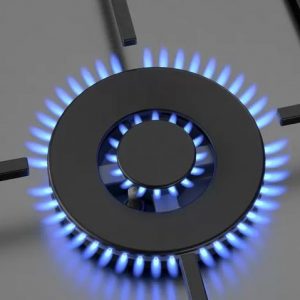
There is no right or wrong answer and which one you go for really does depend on how you like to cook and what your priorities are.
Gas is cheaper
Both cheaper to run, and cheaper to purchase, gas hobs are significantly cheaper than induction hobs. Having been around for so long, they come in lots of different designs, materials and finishes meaning there is something for everyone.
The fun of cooking with a live flame
Whilst induction heaters are extremely responsive (some would say equally responsive), many chefs around the world still feel like cooking with a live flame is unbeatable in terms of controlling the heat.
Induction heaters look contemporary
With a minimal, sleek look, induction heaters are often the top choice for our customers who are after a contemporary design for their kitchen. Conversely, gas hobs, lend themselves to fitting in well in more traditional-style kitchens. However, both can suit both kitchen designs and it is just personal choice.
Induction heaters are easier to clean
Being completely flush, with no knobs or supports to move out the way, induction heaters are extremely easy to clean, much-like just wiping down your worksurfaces.
Safety
If safety is your number one priority, choosing an induction hob will win every time. For starters, there are no open flames, but moreover, heat is only transmitted when magnetic materials are placed in contact with the induction surface, so you do not need to worry about placing things like tea towels around the heated plates as everything around it will remain unheated.
Induction heaters require magnetic pans
Induction heaters will only work when using pans made of magnetic material on the base. The science behind how they work are that beneath the hob, there are induction coils made from copper wire which will create a magnetic field as electricity is passed through them. Therefore, if a pan with a magnetised base is placed on the hob, the magnetic field causes it to heat up directly and it will work. Consequently, the induction hobs rule out using pots of different materials, including copper, glass and aluminium.
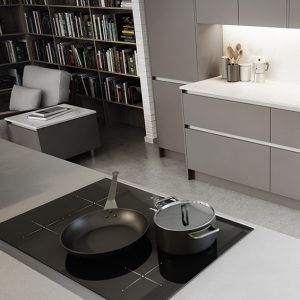
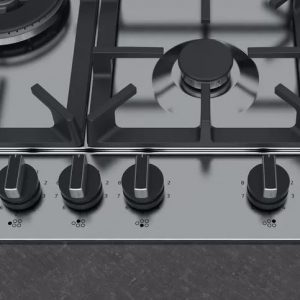
For any further information or advice on gas or induction hobs, or to start designing your new kitchen, get in touch by emailing us at seymour@seymour-partners.co.uk.
CONTACT US TODAY TO START DESIGNING YOUR NEW DREAM KITCHEN
More From the blog
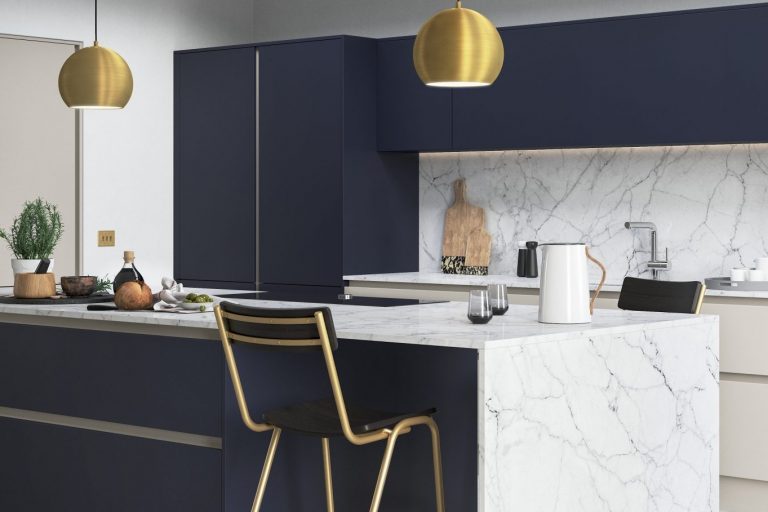
Why Using Experienced Kitchen Designer is a Game Changer
By Chloe Seymour on March 26, 2025 Read more…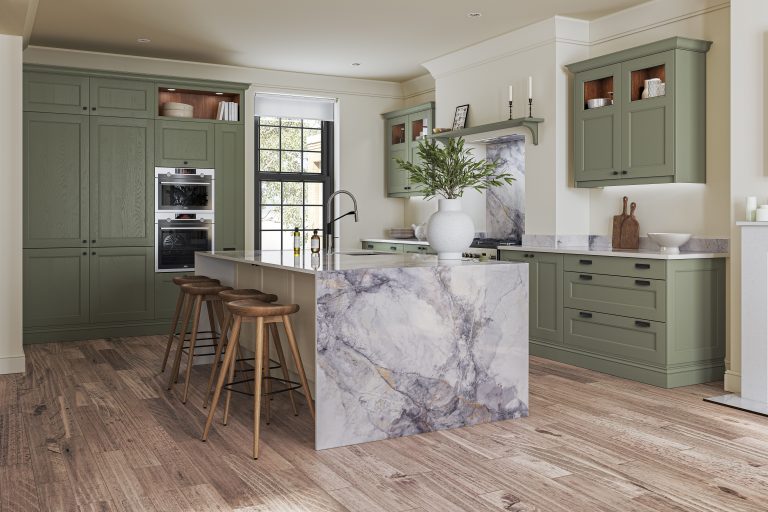
Why Custom Kitchens Add Value To Your Home
By Emily Prideaux on November 28, 2024 Read more…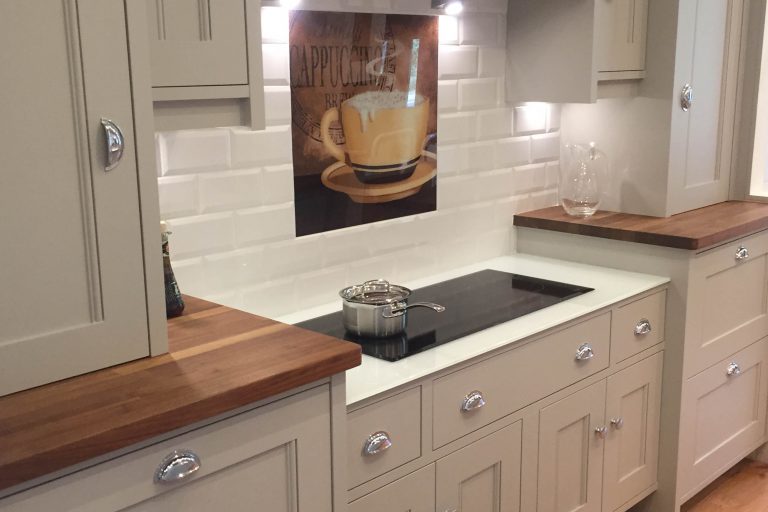
The Versatility of Custom Wooden Cabinets
By Emily Prideaux on October 29, 2024 Read more…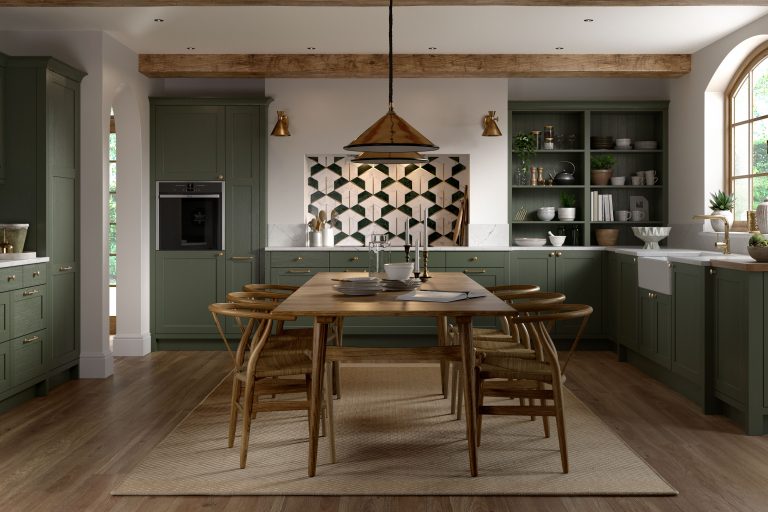
Using Statement Pieces in Kitchen Design
By Emily Prideaux on September 19, 2024 Read more…Recent Posts
Categories
Archives
- March 2025
- November 2024
- October 2024
- September 2024
- July 2024
- May 2024
- April 2024
- March 2024
- February 2024
- January 2024
- December 2023
- November 2023
- September 2023
- August 2023
- July 2023
- June 2023
- May 2023
- April 2023
- March 2023
- February 2023
- January 2023
- December 2022
- November 2022
- October 2022
- September 2022
- August 2022
- July 2022
- June 2022
- May 2022
- March 2022
- February 2022
- January 2022
- November 2021
- October 2021
- September 2021
- August 2021
- July 2021
- June 2021
- May 2021
- April 2021
- March 2021
- February 2021
- January 2021
- July 2020
- June 2020
- May 2020
- April 2020
- March 2020
- February 2020
- January 2020
- November 2019
- October 2019
- December 2018
- November 2018
- May 2018
- April 2018
- September 2017
- July 2017
- May 2017
- April 2017
- March 2017

